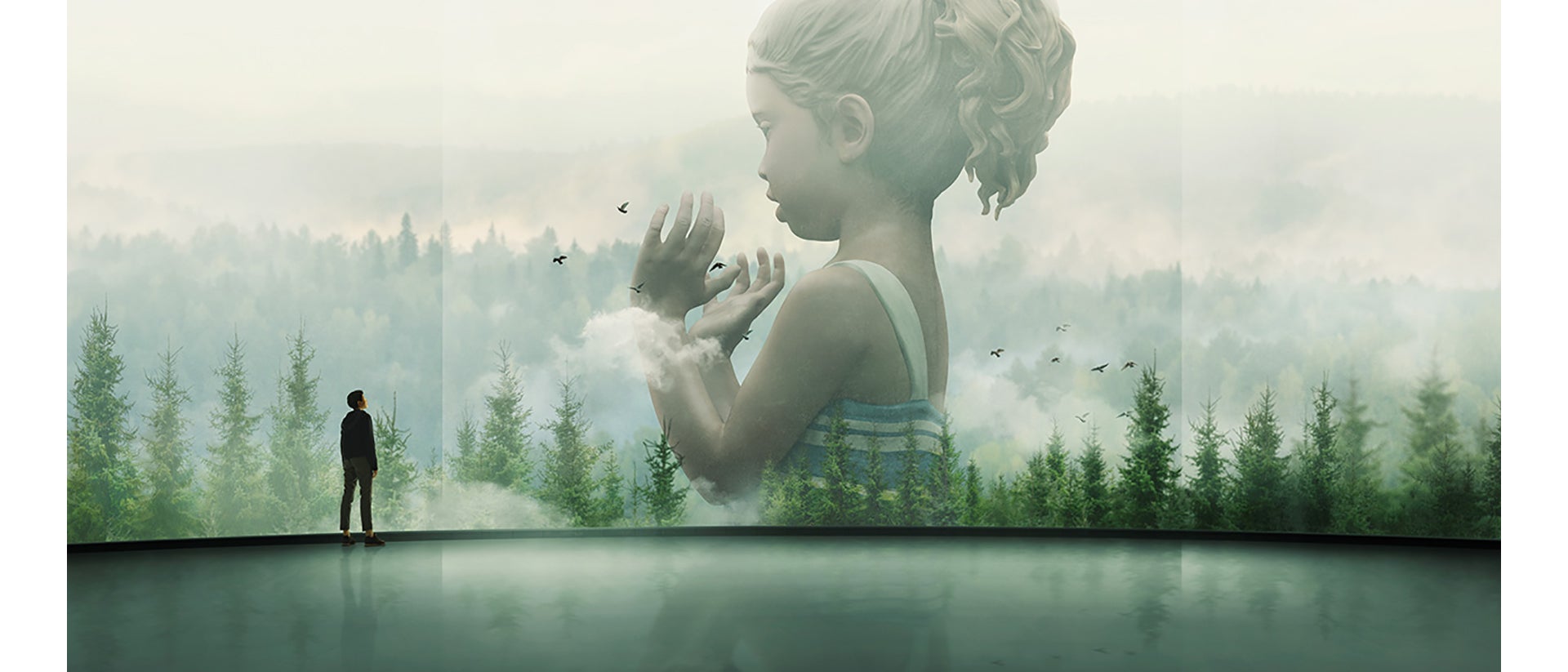
03-03-2021 - Case Study, Gear, Technology
Alex Garland’s Devs shot on Sony VENICE by Rob Hardy, BSC
By: SonyCine Team
This article originally appeared on the Sony Pro EU website at this link: https://pro.sony/en_GB/insight/cinematography-stories/rob-hardy-devs-venice-case-study
“You’re getting everything you want and need in terms of image quality, detail, balance between the shadows and the highlights. And the confidence to know you could shoot in low light.” Rob Hardy
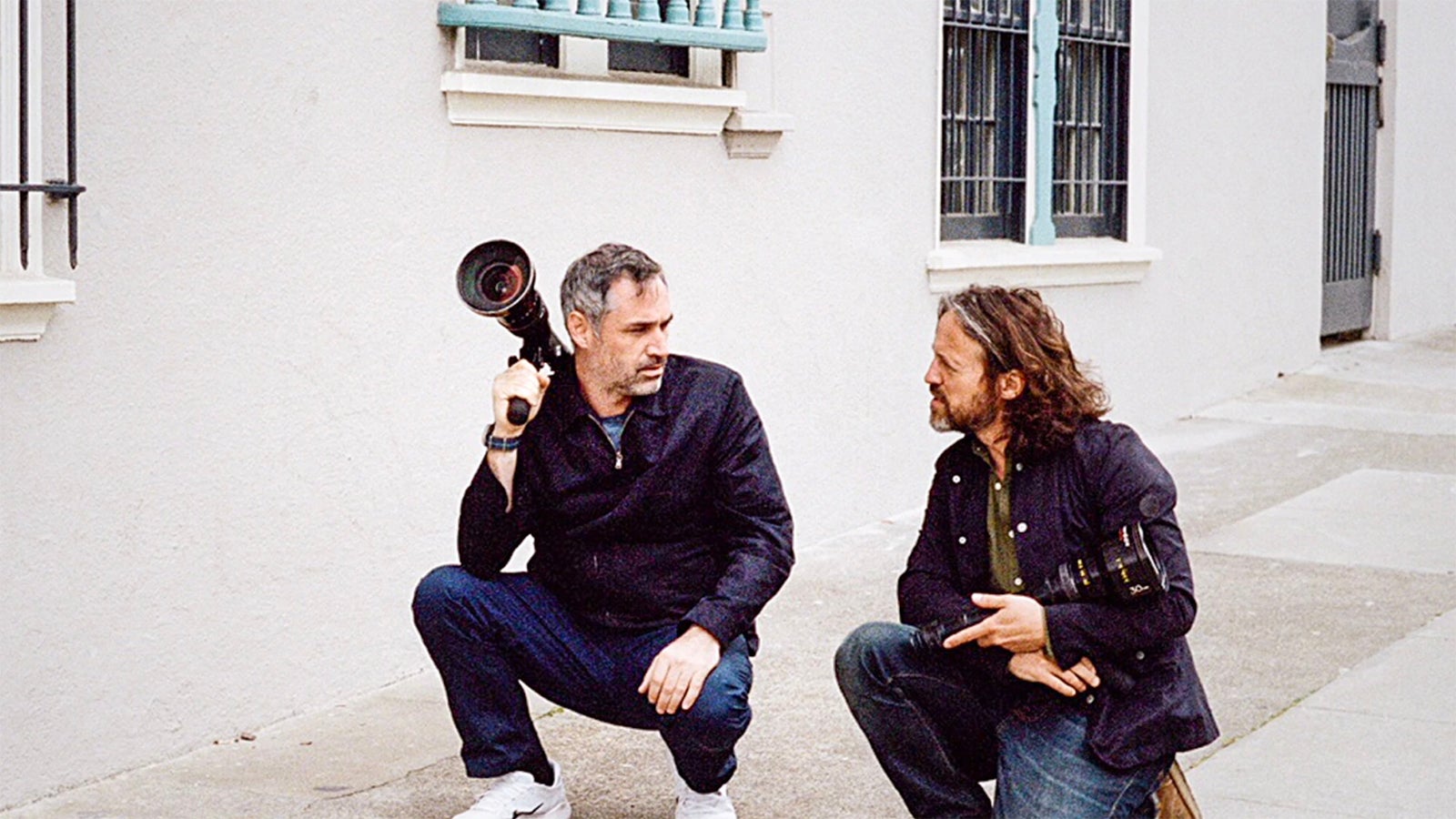
Alex Garland, left, with DP Rob Hardy, BSC
Devs is one of 2020’s most critically acclaimed TV shows, a stunningly beautiful 4K HDR production for FX Networks. The eight-part mini-series is a philosophical and intelligent exploration of determinism and individuality or free will – what it is to be alive – and how technology is shaped by humanity’s emotional need and input.
The production is the latest collaboration between cinematographer Rob Hardy, BSC and director Alex Garland who previously worked together on the highly-praised feature films Ex Machina (2014) and Annihilation (2018). Rob Hardy, BSC is one of the UK’s most accomplished and admired cinematographers who shot blockbuster Mission Impossible – Fallout for director Christopher McQuarrie in 2018 and won a BAFTA award for Best Photography and Lighting for Boy A in 2007.
For Devs, Hardy put the Sony VENICE camera through its paces in just about every environment possible. There are multiple lighting set-ups throughout the series with very brightly lit daylight interiors and equally bright San Francisco exteriors with an authentic soft contrast feel. The Devs ‘Cube’ interiors on the other hand are very dark with bright gold paneling highlights and backgrounds while the exterior night time scenes are often only lit with available light sources.
The majestic aerial scenes of San Francisco unusually coming out of the fog, with extraordinarily subtle nuances in the mid-tones, are quite stunning. There are also the most effervescent and memorable night time aerial shots with exceptionally bright highlights that never seem to clip while retaining all of the details in the shadows. Devs is also rich with visible and invisible VFX that blend perfectly with the photorealistic VENICE images.
Devs was shot over 100 days mainly on location in Northern California but also included a six-week studio shoot in Manchester and with a grading session that ran over two months in London.
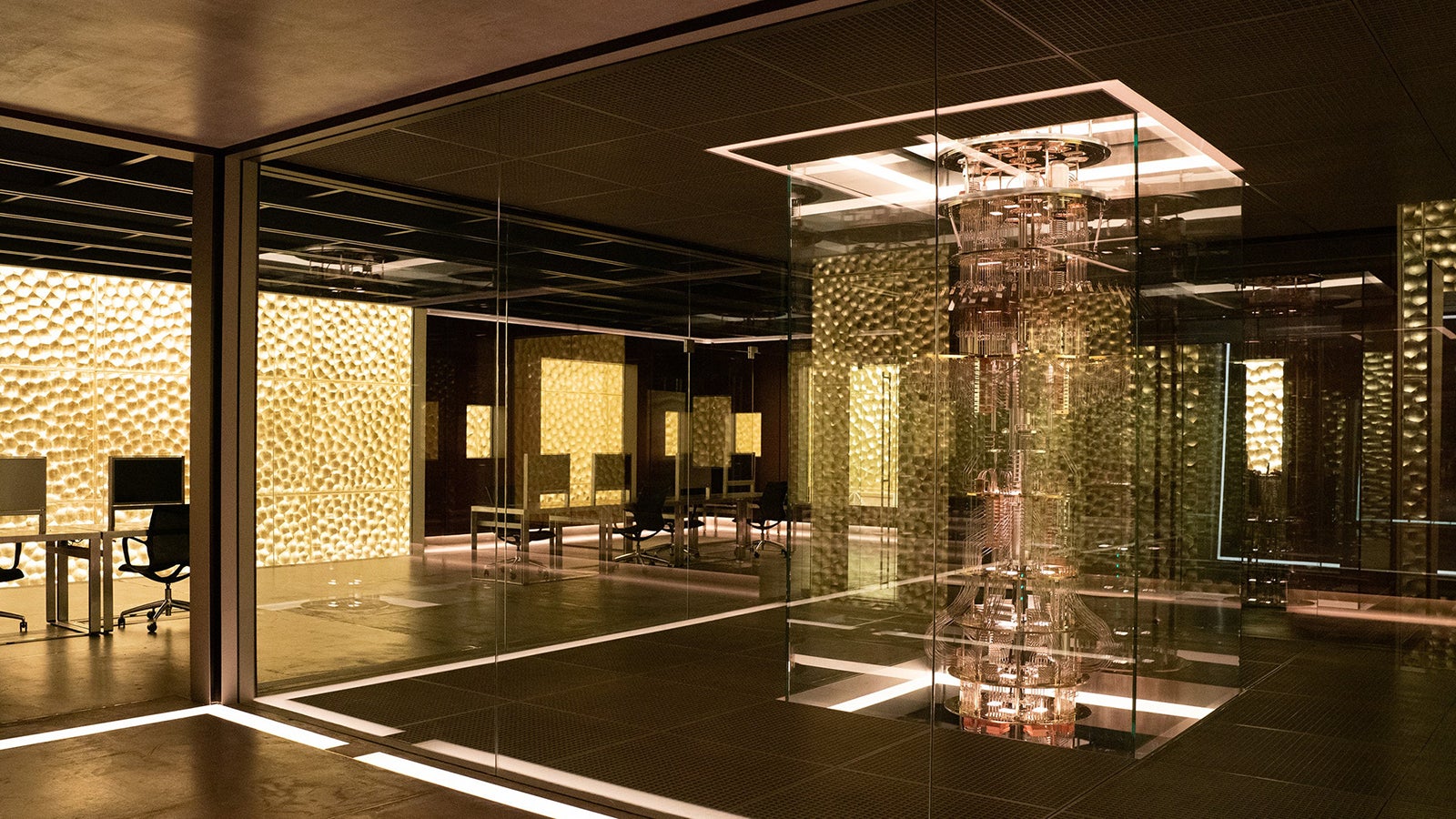
The Devs Cube
Rob Hardy, BSC’s approach to cinematography
I think the aim of cinematography from a stylistic point of view is only ever to serve the story. From another perspective I enjoy the idea of an unflinching proximity as a way of engaging with the story. Whatever it is that’s happening in front of camera, I always like to feel that I’m in the room. Alex and I have a very similar aesthetic and in particular for long takes. And that helps the idea of putting the audience in the room. We’re not hiding in cuts. We’re showing it as honestly as we can.
There are many ways you can frame a scene. But for me it’s always the one that presents itself that becomes the obvious choice. If there happens to be a visual thread throughout, then all for the better. There’s always something aesthetically pleasing to me in finding a frame that tells the story, that gives us proximity to the actor, but it never hides the environment that we’re in. And if a frame can do all those things, then great. From a compositional point of view, it’s the first response.
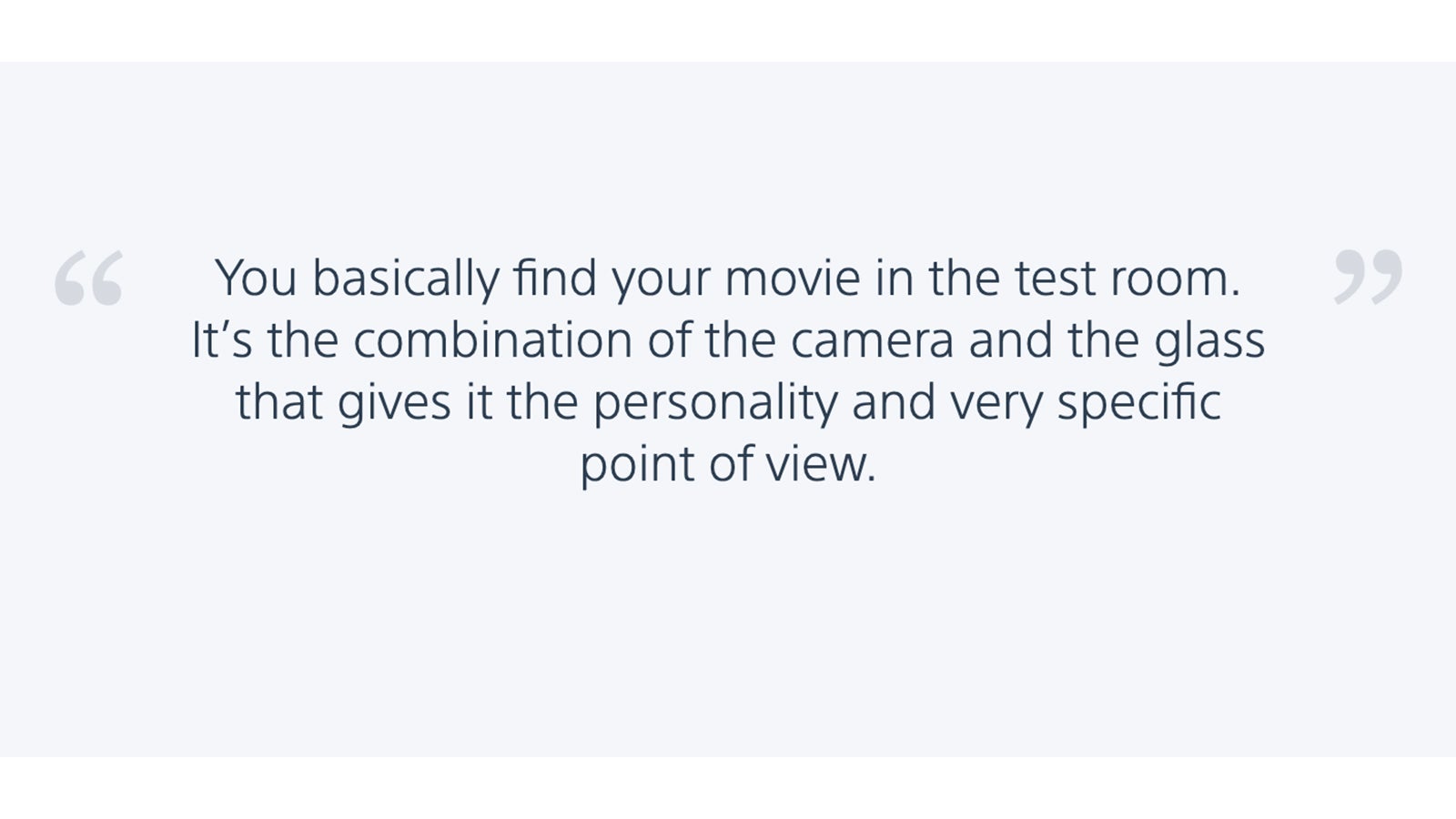
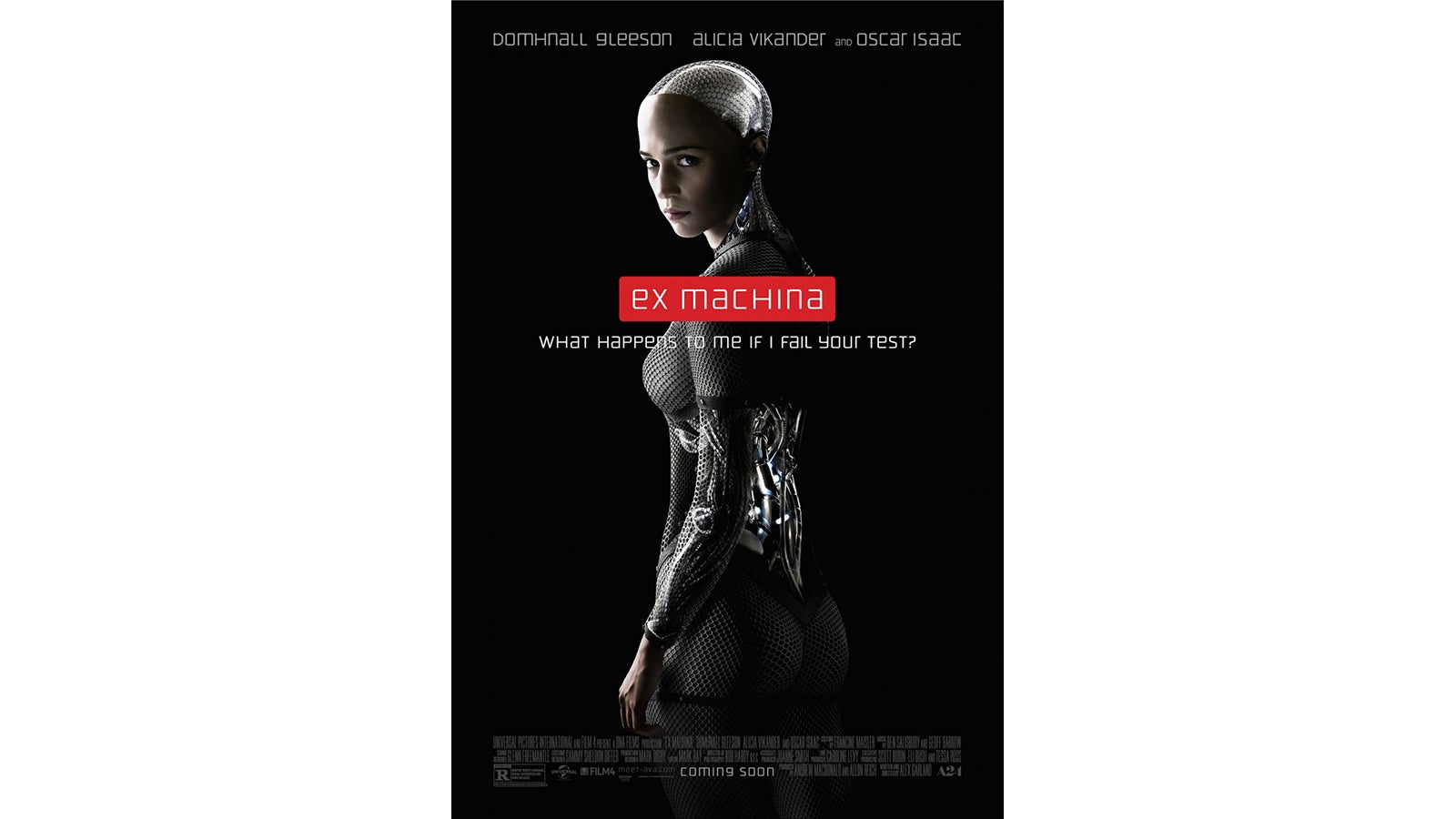
On collaborating with director Alex Garland
The relationship I have with Alex Garland is essentially based around this idea – a sort of understanding – of what it is to really collaborate as filmmakers. Alex Garland is clearly a highly intelligent man, a fantastic writer, brilliant director and always wants to understand every single element that goes into making and telling the story. It’s a shared viewpoint on the world.
I remember reading the script for Ex Machina. It’s very economical. It gets straight to the point. There’s no fat on it. A lot of scripts have a tendency to over describe stuff: to try and bring you into the world. Whereas with Alex, in a sentence you immediately understand where you are, what you’re looking at and the perspective you’re going to take or what this character is feeling without ever being told any of these things. There’s never any camera or visual direction in an Alex Garland script.
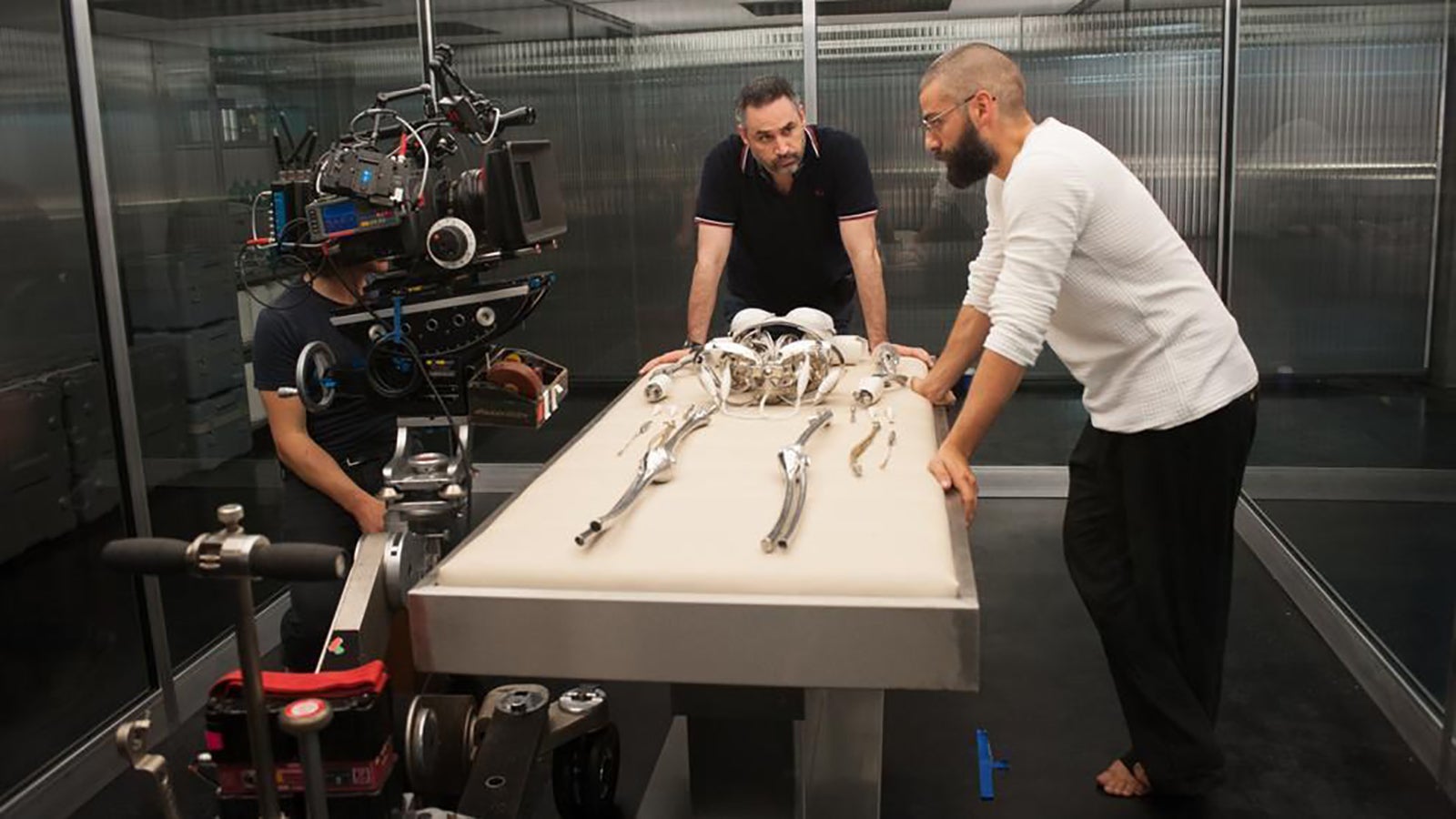
Director Alex Garland, left, and actor Oscar Isaac on the set of Ex Machina
On shooting Ex Machina and Annihilation on the Sony F65
I’d trained and come up shooting the vast majority of projects on film, so I was used to the idea of emotionally and visually feeling the story as you’re shooting it. With digital, you choose the camera as you would film stock. You basically find your movie in the test room. It’s the combination of the camera and the glass that gives it the personality and very specific point of view.
Shooting Ex Machina on the Sony F65 was the first time I’d shot purely digital for a feature film. I already knew that I was going to use the Xtal Xpress Anamorphic lenses, which I love. Each lens is handmade and has a very specific personality. Those lenses require a camera that’s going to pick up every degree of subtlety in the glass. And I found the sensor in the F65 was doing just that. When I looked through the viewfinder there was nothing between me and that glass. It was like returning to shooting on film.
I always like to be as democratic as possible in the test room. We would always test everything. Always. Because you never know, and the look of the film presents itself in that test room. After we’d analyzed all the technical aspects of the imagery, we would all simply sit there and I would ask everyone in the room, ‘which picture do you like?’ without knowing which one was which? And it always came back to the F65. Something about it felt more solid.
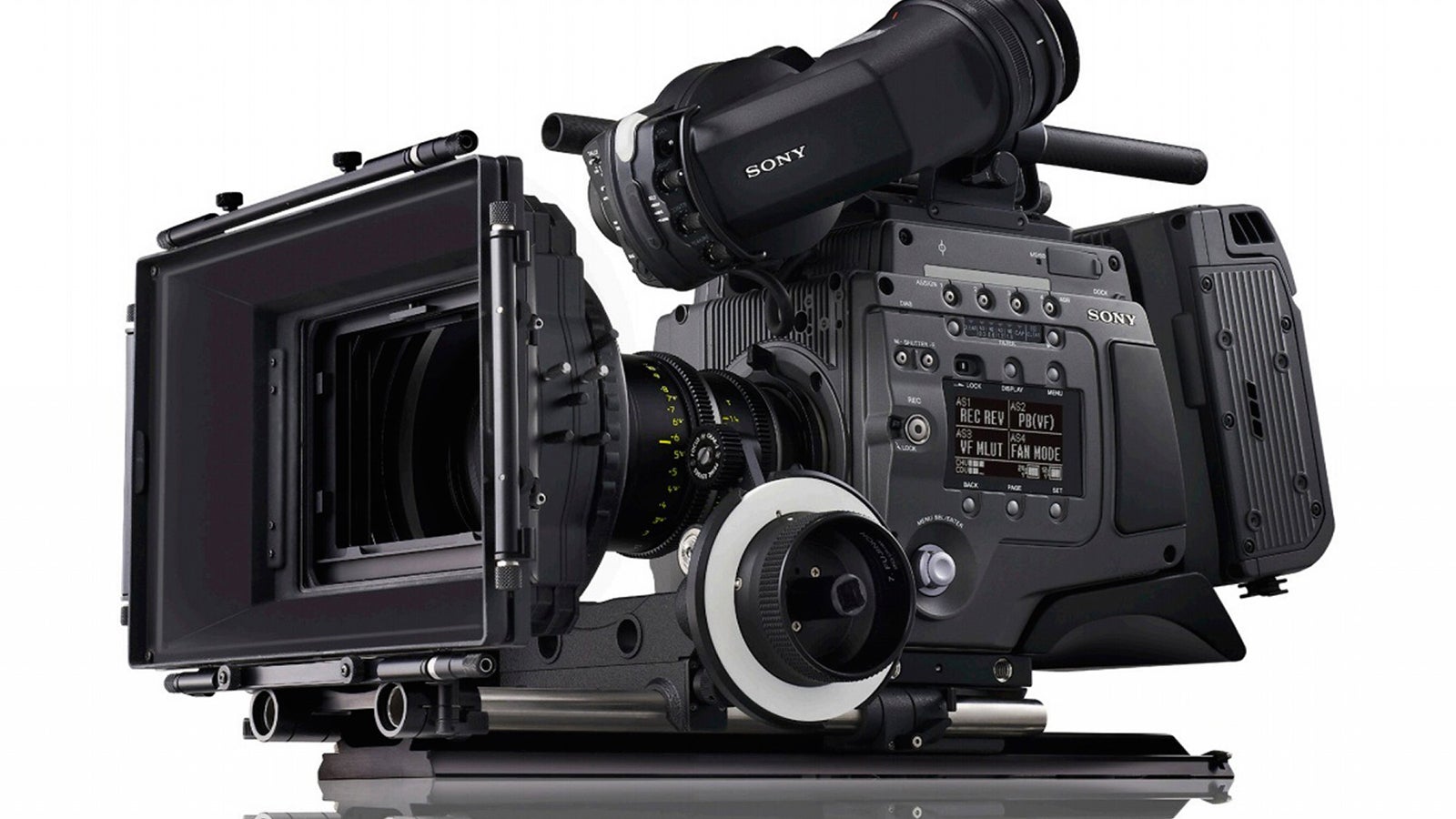
The Sony F65
VENICE Extension System became an integral part of the studio shoot
We were shooting in a self-contained set in a studio in Manchester. As we were shooting very long takes the main camera was dance-flooring its way around the room between two or three characters. We also had a second camera and I wanted to avoid getting tangled up on the dolly. Panavision recommended this brilliant device called a Stabileye which is a very small flight head originally designed for wire rigs. The size of the VENICE camera was simply too restrictive in terms of pan and tilt. I knew about the VENICE ‘umbilical cord’ version – that is the sensor block with the lens that I could use as a remote head.
Working with the VENICE sensor block at the end of the ‘umbilical cord’, I could then be outside the interior set, operating on the wheels with a monitor. I can have another monitor where I can see the B Camera. I’m on comms to Sam Philips, the key grip, who’s inside pushing the dolly around beautifully and talking him through the shot and to react in a certain way. And we had the camera strapped to the body. The ‘umbilical’ sensor with a C Series Anamorphic lens was a beautiful, beautiful combination. It was delightful and we used this every day for a six-week portion of the shoot in the studio in Manchester. It was a real bonus to be in that position: to be able to keep the aesthetic of our chosen camera but have the ability to adapt it into a certain situation.
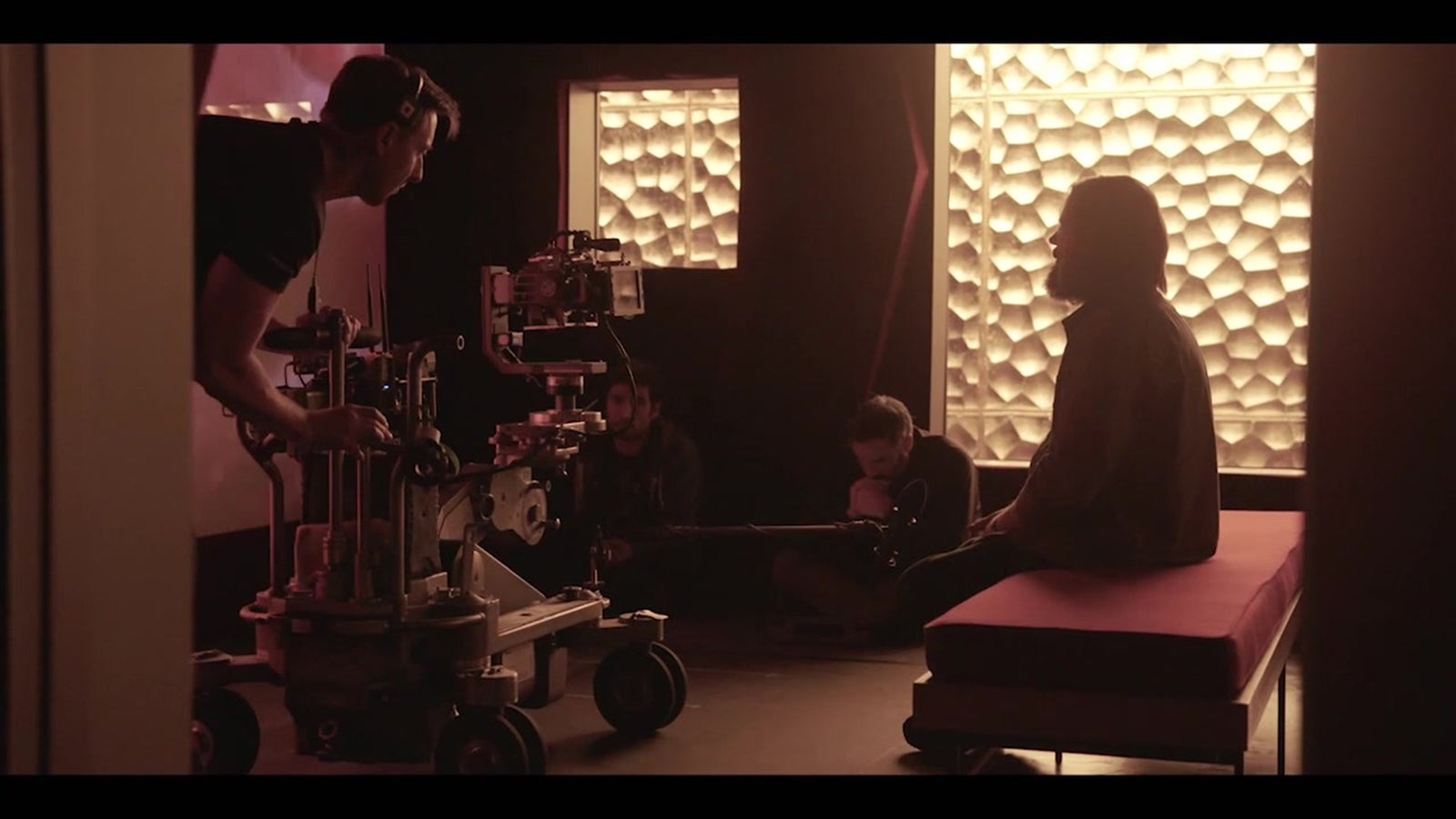
VENICE Rialto in action on DEVS
VENICE’s low light performance was exceptional
Shooting in low light on the VENICE was a bit of a revelation. It wasn’t just about pushing an ISO and then bringing everything back down in the grey. Through some extensive testing with the split ISO – to what we called ‘night mode’ – we’d base the VENICE at 2500 and we’d shoot at 1250 and for us it was a sweet spot. Suddenly you’re getting everything you want and need in terms of image quality, detail, balance between the shadows and the highlights. And the confidence to know you could shoot in low light. We got some beautiful, really beautiful aerials of San Francisco at night, in such detail, using the Sony VENICE.
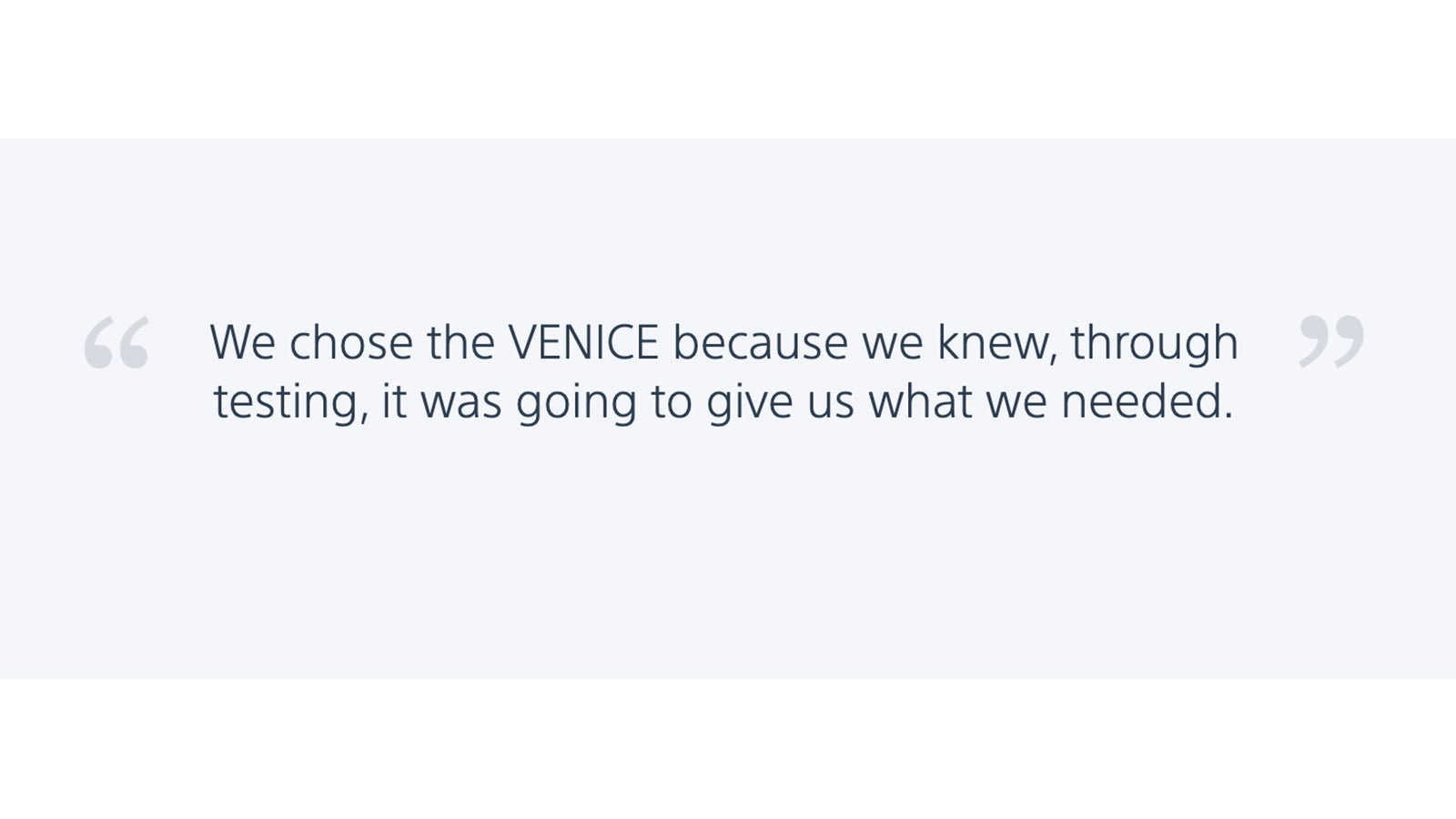
VENICE pictures provided limitless options in the HDR grade
The HDR grade was the primary grade and took us to another level. You have so far to go with the image. We could push and push the image and it would never break. We could warm it up and cool it down and change color temperatures as much as we could ever have wanted. We graded in HDR because we just wanted to see everything that was available to us, and sometimes we saw more than we could ever expect.
Everything that the combination of the camera and the C Series anamorphic lenses could give us. We wanted every image to be outrageous – to hit the audience over the head with it. We just wanted to do the best work that we could possibly do. I’m really proud of it. Episode Seven for example was one of the best things I’ve ever done.
The VENICE was the perfect camera to capture the Devs aesthetic
We chose the right camera for this production, absolutely. No question. We chose the VENICE because we knew, through testing, it was going to give us what we needed. The way Alex sees it, as far as our collaboration is concerned, is to create the content for me to film. I know that content is going to be incredible and I have to be able to capture it in the best possible way I can, and the VENICE was the camera that was going to do that for us because through testing in the test room, we knew it was the one that would work.
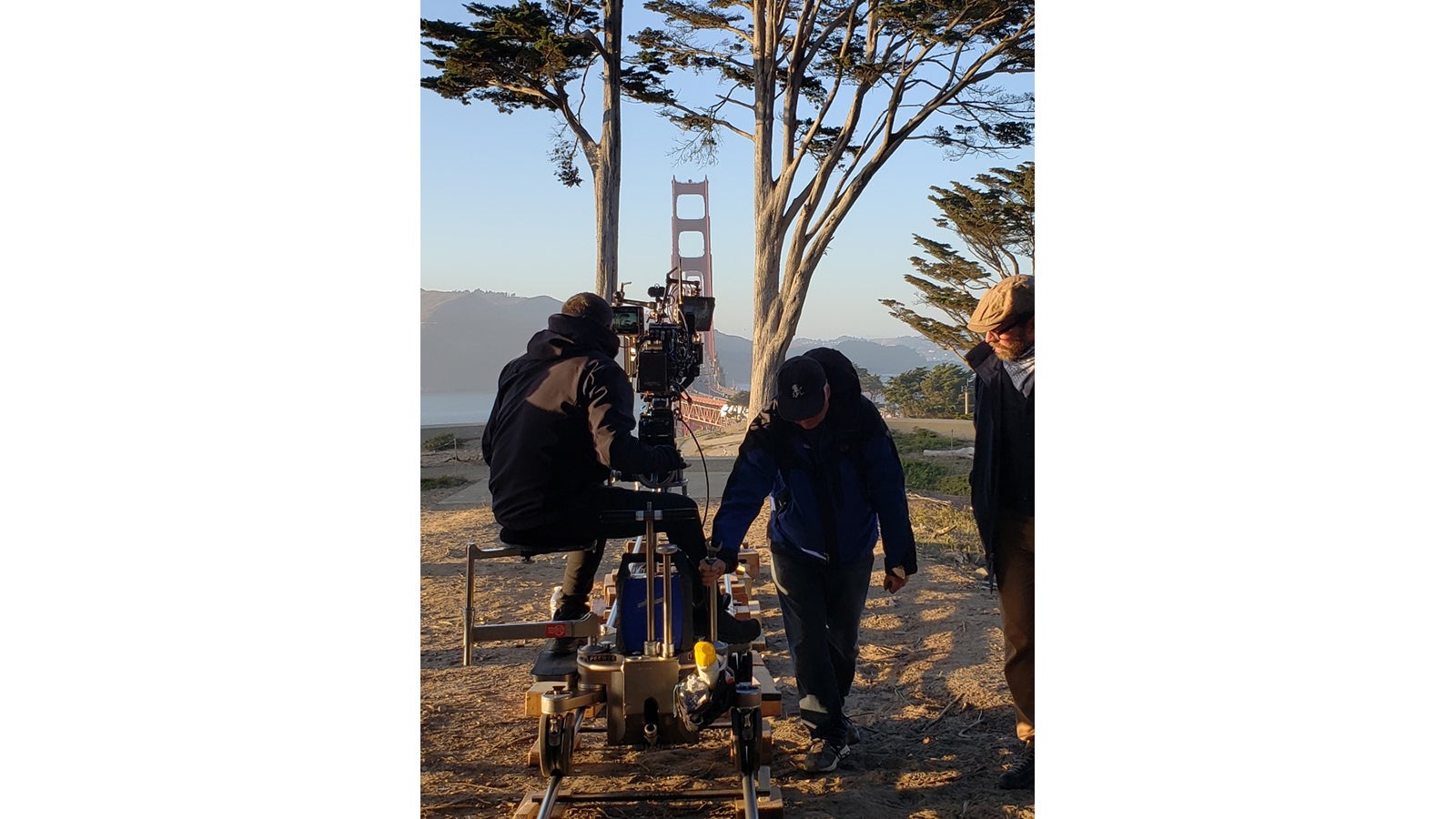
The second unit shooting San Francisco cityscapes
Comments by Joshua Zucker-Pluda, DP of the second unit for all eight episodes of Devs.
One of the challenges when shooting second unit is that you need to deliver high-quality footage that matches the main unit's look, but often with limited time, resources, and crew. Rob's visual approach for Devs was so strong and singular, and I needed to deliver that same look without any compromise. Second unit needed to be fast and ready for anything - and I was immediately impressed by the VENICE camera system's flexibility. The 9 stops of ND and dual base ISO enabled me to go from shooting the rapidly changing light and fog of the San Francisco landscape - to full-scale, main-unit night shoots without missing a beat. Devs is a visual effects-heavy show, and with the VENICE we could pivot from run-and-gun style shooting to elaborate VFX heavy action sequences without compromising visual quality or data integrity. Most importantly, the VENICE enables you to create imagery that is simply gorgeous and filmic. All the flexibility of a camera system is useless if your footage doesn't look good.
I really fell in love with the VENICE when working on Devs and it's now become my camera of choice when I need to shoot LF or 6K+ footage. The speed, flexibility, and image quality are simply unmatched by other camera system. From commercials to music videos, I know I can deliver gorgeous high-quality footage without compromising my speed or workflow.




